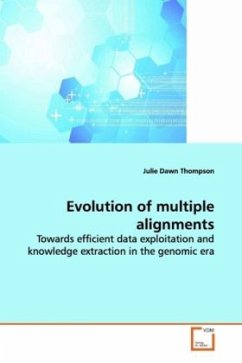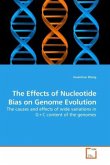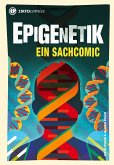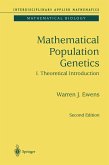Genomics and proteomics technologies have led to a
paradigm shift in bioinformatics, where the
traditional reductionist approach is replaced by a
more global, integrated view. In this context,
multiple sequence alignments provide an ideal
environment for the reliable integration of
information from a complete genome to a gene and its
related products. In this work, the sequence analysis
field is reviewed and three example developments are
described: (i) a benchmark for the objective
evaluation of multiple alignment algorithms, (ii) a
multiple alignment ontology (MAO) for nucleic acid or
protein sequences and structures, (iii) an
information management system (MACSIMS) that exploits
the multiple alignment and the organisation provided
by the ontology. The work is central to
bioinformatics today and should be particularly
useful to researchers working in various fields, such
as genome analysis, target characterisation for
structural proteomics, the study of human genetic
pathologies, or the development of new drug discovery
strategies.
paradigm shift in bioinformatics, where the
traditional reductionist approach is replaced by a
more global, integrated view. In this context,
multiple sequence alignments provide an ideal
environment for the reliable integration of
information from a complete genome to a gene and its
related products. In this work, the sequence analysis
field is reviewed and three example developments are
described: (i) a benchmark for the objective
evaluation of multiple alignment algorithms, (ii) a
multiple alignment ontology (MAO) for nucleic acid or
protein sequences and structures, (iii) an
information management system (MACSIMS) that exploits
the multiple alignment and the organisation provided
by the ontology. The work is central to
bioinformatics today and should be particularly
useful to researchers working in various fields, such
as genome analysis, target characterisation for
structural proteomics, the study of human genetic
pathologies, or the development of new drug discovery
strategies.








